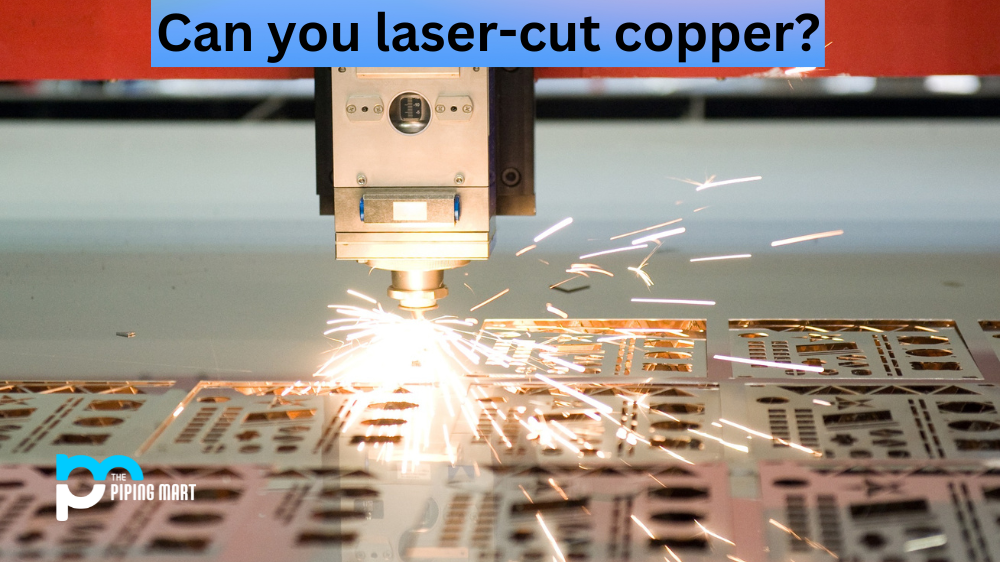Silicon bronze is an alloy made from copper and silicon, with smaller amounts of other elements like manganese and iron. This alloy is known for its strength, durability, and corrosion resistance. It’s often used in the construction of marine vessels and architectural structures. For aspiring metalworkers, making silicon bronze is a great way to learn about alloys and the art of metalworking. Let’s take a look at what you need to make silicon bronze.
Ingredients & Equipment
To make silicon bronze, you will need copper (98%), silicon (2%), manganese (0.5%), and iron (0.5%). You’ll also need a furnace or crucible to reach temperatures above 1,700 degrees Fahrenheit (927 degrees Celsius). Crucibles are preferable because they allow heat to be distributed evenly throughout the material being melted down so that it can be properly combined into an alloy.
The Process
Once you have your ingredients and equipment ready, it’s time to start mixing them! Start by heating the furnace or crucible until it reaches the desired temperature. Then, add in your ingredients one at a time—starting with the copper first—and stir them together using a long ladle or rod. Make sure to go slowly and continuously until all the elements are evenly blended into an alloyed liquid form. Continue stirring for 15 minutes or longer; this helps ensure that all elements have been thoroughly blended into an even consistency without any lumps or clumps. Once finished, let it cool before pouring it out onto a flat surface so that it can harden into shape, depending on what type of mold you use to pour it into.
Conclusion:
Making silicon bronze is a great way to learn more about metalworking and alloys—especially if you’re interested in creating items with amazing strength and durability! With some patience and practice, anyone willing to put in the effort can master this process quickly enough; ensure you have all your ingredients and equipment ready ahead of time so that you don’t encounter any unexpected delays while melting down the materials together! With these basics under your belt, you should have no trouble getting started on making some impressive creations out of this particular alloy! Good luck!

Pipingmart is a B2B portal that specializes in metal, industrial and piping items. Additionally, we share the latest information and information about materials, products and various types of grades to assist businesses that are involved in this business.




